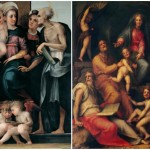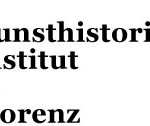
Pontormo and Rosso Fiorentino: Diverging Paths of Mannerism and Baccio Bandinelli, Sculptor and Master (1493-1560) Reviewed by Esther Theiler Palazzo Strozzi and the Bargello have provided not only welcome respite from the heat in Florence this summer but also rewarding opportunities for appraising the threads of influence of Leonardo da Vinci, Raphael and Michelangelo as they metamorphosed into the style most often characterised as mannerist. The curators at the Palazzo Strozzi have made a considered decision to call this style the “modern manner” rather than mannerism, in accordance, they believe, with sixteenth century usage (even though the English language version of the exhibition still uses ‘mannerism’). Pontormo and Rosso Fiorentino: Diverging Paths of Mannerism is the first exhibition since Pontormo and Early Florentine Mannerism (a 1956 exhibition also held at Palazzo Strozzi) to bring together a substantial canon of work…

